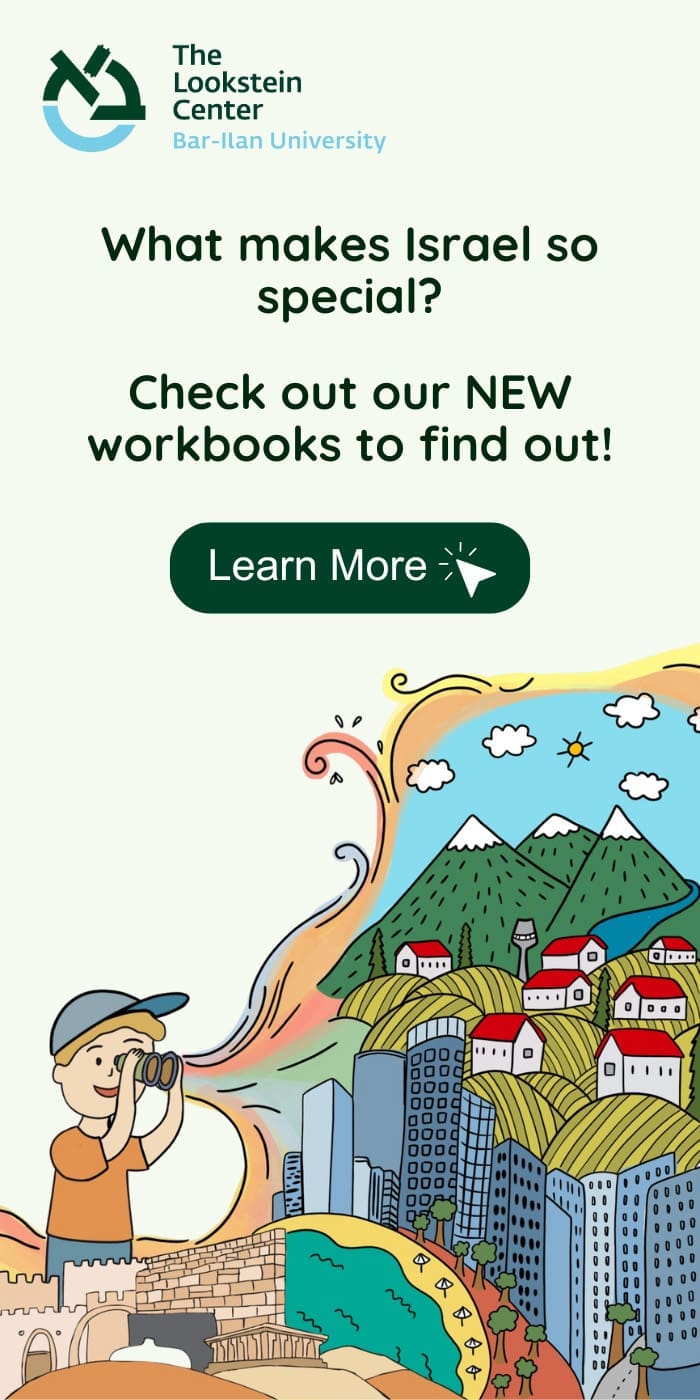Tanakh as Our Story
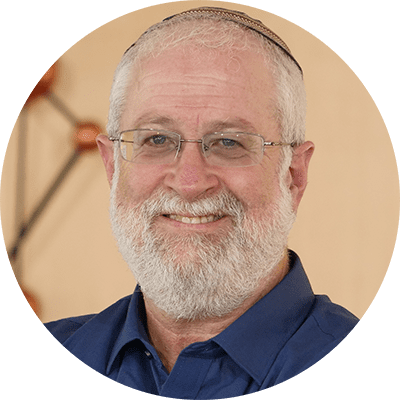
Shuki Reiss is head of the Tanakh Department at Herzog College and director of the “Tanakh Herzog” project where he oversees the dissemination of Herzog’s Tanakh methodology to the broader community. Rabbi Dr. Reiss received rabbinic ordination from the Israeli Chief Rabbinate and a PHD from Bar Ilan University’s Bible department.
Introduction
Tanakh is the story of the Jewish people. This basic component of our identity and our tradition has tremendous spiritual and educational power which, unfortunately, is often untapped. In the following essay, we aim to show how this idea of Tanakh as the grand narrative of the Jewish people can be developed into a powerful educational opportunity.
In tapping into Tanakh’s central narrative feature, we are not merely making Tanakh more interesting for our students. Since the times of Moses, the Jewish people has known that a good story does more than just pique an audience’s interest. In the words of Rabbi Sacks, “The Israelites had not yet left Egypt, and yet already Moses was telling them how to tell the story. That is the extraordinary fact. Why so? Why this obsession with storytelling? The simplest answer is that we are the story we tell about ourselves.”
With the stories we tell about ourselves shaping who we are and Tanakh being framed as the story of the Jewish people, the message is clear: Tanakh sees itself as the foundational narrative that forms our identity as Jews. In turn, our primary goal in teaching Tanakh is for all our students—from those with significant Tanakh backgrounds to those who cannot even read Hebrew yet—to utilize Tanakh’s narrative power to form their own strong, Jewish identities. We call this approach “Tanakh is Our Story,” as we endeavor to ensure that our students realize it is their story as well.
Before delving into the pedagogy of our approach, it is worthwhile to see how Tanakh presents itself as our story. Indeed, Tanakh calls out to us to see it as the grand narrative of the Jewish people. Let us take a moment to hear this call.
If one zooms out, it’s easy to see how Tanakh is organized as dozens of sequential smaller stories that together form one continuous narrative. We start with universal stories: Creation, Noah, Babel. The narrative moves from the universal to the particular story of Abraham’s family. As we get to Exodus, that family becomes a chosen people. As the Torah continues, we learn about the moral and spiritual purpose of those chosen people. In the desert, we learn about the early attempts to live up to that purpose. The journey continues as we turn from the Torah to the Prophets. From Yehoshua’s conquering of Israel to the chaos of Shoftim; from the building of the Davidic dynasty and the Temple, to exile and the Temple’s destruction—Tanakh gives us the high points and low points of the Jewish people’s never-ending attempt to build a model society.
Even when Tanakh continues with Ezra and Nehemiah, this story continues with the hopeful attempt to restart that journey again. Thus, with Tanakh, we have a sequence of successive stories that span over 3,000 years that all fit into one larger narrative. This continuous narrative, presumably, only includes a sliver of the actions and events that occurred during these periods. Nevertheless, it is impossible to ignore and incorrect to blur this timeline. The way the Tanakh was written tasks us, its readers, to not look at the individual books within it as isolated events. Rather, we are called on to see Tanakh as telling a single grand narrative that is meant to be our narrative: The story of the chosen, Jewish people’s never-ending pursuit of living up to what they were chosen to do.
Moreover, when zooming into a given book, one sees how each book tells its own story within this larger grand narrative. Indeed, within every book, we find the four elements of every story: time, place, character development, and plot. Take even the seemingly story-less Leviticus. Leviticus has a time and place: Sinai immediately after the Ten Commandments. It has developing characters: the Jewish people learning to form a holy society. And, like any good story, it has key themes: Holiness, Priesthood, etc.
Thus, Tanakh presents itself as a sequence of smaller stories within a larger, grand narrative that Tanakh wants us to see our grand narrative. In turn, if we want to fully capitalize on the identity-forming potential of Tanakh’s story in our classrooms, we must tap into these narrative features. In the next section, we show our pedagogical theory for how to do so.
Pedagogical Vision
This theory has two goals. Firstly, students should know the grand narrative of the Jewish people. Therefore, it’s critical that students zoom out and look at Tanakh as a whole. That means that it is necessary to familiarize them with the entirety of Tanakh’s central events and the prominent characters who stood at the center of those stories. Secondly, they should utilize that grand narrative and the different stories within it as identity-forming tools. Therefore, it is critical that we teach our students in a way that enables them to reflect on how each of Tanakh’s stories relates to them.
These two goals entail two major pivots in how we teach Tanakh. First, in looking at Tanakh as one grand narrative, our teaching should constantly point out how each story we learn figures into the larger story of Tanakh as a whole. Second, to properly utilize Tanakh’s identity-forming tools, teachers should emphasize the narrative structures of the particular story they are teaching: its character development, plot, and setting. Indeed, we have all experienced a well-told story’s magical ability to get us to identify with its characters, its theme, or its conflicts. In tapping into the narrative structure of Tanakh’s stories, we enable our students to have those moments of identification with our story.
This emphasis on the narrative structures of the stories necessitates a significant shift in what we focus on in our classrooms. Indeed, we emphasize focusing on a basic understanding of the text and familiarity with the biblical stories rather than intensive engagement in literary analysis or parsing through Rabbinic commentaries This is not because the latter methods of study are incorrect, but rather because the latter methods of study are better suited for advanced students who can devote large swaths of time to Tanakh study. In jumping too early to these advanced forms of study, students miss the first foundational level of Tanakh study—knowing the basic storyline. Moreover, for those with less time or less background, if they are spending all of class struggling to read a Ramban or translating a verse, they won’t get to the discussion of the themes of a story. In turn, they won’t achieve the second goal of our vision: enabling our students to connect to the themes of Tanakh and be inspired by them.
A Case Study
To see the theory in practice, let us look at how we would teach the story of the plagues.
To achieve our first goal of seeing the grand narrative, an important step in our teaching is locating the plagues within the broader Exodus story. The graphic is an example of how we could achieve this goal in our classrooms. Here, the Exodus story is divided into six sections. With our students, we take a moment to zoom out. Where are we in the story? Where are we coming from and where are we going? Moreover, notice that the map does not depict the Exodus story as purely linear. This is because we want our depiction of the story to reflect the highs and lows of Exodus’ redemptive story. Indeed, even after the Jews leave Egypt, they still struggle; redemption has dips. In turn, with the second goal of identifying with the grand narrative in mind, looking at the map is a great opportunity to pause and reflect on the meaning of redemption being non-linear. We can ask our students how they can relate to the fact that sometimes in eras of prosperity, the Jews still have challenges. In reflecting on the redemptive process and placing our story within it, we have achieved our first goal: enabling our students to see the grand narrative.
As we zoom into the narrative structure of the plagues, we are now ready to focus on our second goal: student identification. We have two distinct goals in teaching the plagues themselves. Firstly, we want to make sure that our students know the plot: basic familiarity with the plagues. This can be done as a series of projects e.g., each student group presenting to the class the basic plot elements of an assigned plague (plague warnings, who the plague affected, etc.).
Once the students know the basic story, we are now ready to work on our primary goal—enabling the students to find relevance in the plague story and its themes. For this example, we would like to unlock the themes with a particular focus on the character development of the Egyptians as well as the effect of the plagues on the character of the Jewish people.
In class, we would ask our students to review the warnings given to Pharaoh and the Egyptians before the plagues, as well as the story’s setting. In looking at the characters of Pharoah and the Egyptians, students would discover that the plagues weren’t just for the Jews. By utilizing the plagues to attack the Egyptian gods, and having Moses give lessons in his warnings to Pharoah, the plagues were also an attempt by God to educate the Egyptians. Indeed, one repeated message throughout the plagues is, “and the Egyptians shall know that I am God.”
With this theme of the Egyptians knowing God now on the table, we can achieve our second goal of student identification. Students can zoom out and start to think about how this value fits into their own lives. We can challenge the students to think about what role we, as Jews, have in teaching Jewish values to the Egyptians in our days. Why is it important for everyone to know that our God is the true God, Master of All?
Notice that in teaching the plague story, we do not focus on the ways different commentaries see the plagues. Rather, we kept our eyes on the plot. (Sometimes we do utilize commentaries, but it’s always in a limited fashion.) Moreover, once the students have mastered the plot, we do not get bogged down in the literary intricacies of the relation between the different plagues. Rather, we focus on the narrative elements—the Egyptians’ character development and the themes that emerge from their development. This allows us to quickly move to the plague’s thematic meaning. Once we are already thinking about the plagues thematically, we can easily challenge our students to think about how the Biblical story affects their own contemporary stories. We simply ask our students how these themes relate to them.
Thus, in zooming out, we enable students to appreciate the bigger picture that every story we learn fits into. We enable them to see that they aren’t merely learning Exodus; they are learning part of the grand narrative of the Jewish people. In zooming into the story elements of the plagues, we enable our students to think about how this story relates to them. By focusing on the plot, the characters, and the themes that emerge from those story elements, we enable the students to recognize that our Torah is a living Torah, that has relevance to them, our students, as they write its next chapter.

Shuki Reiss is head of the Tanakh Department at Herzog College and director of the “Tanakh Herzog” project where he oversees the dissemination of Herzog’s Tanakh methodology to the broader community. Rabbi Dr. Reiss received rabbinic ordination from the Israeli Chief Rabbinate and a PHD from Bar Ilan University’s Bible department.

From The Editor: Winter 2025
It is one of the oldest literary collections ever written and still very much in circulation. Public readings (and celebrations) of its text are practiced in nearly every synagogue in the world in a regular, fixed cycle. It has been analyzed and studied by religious luminaries, academic scholars, and lay people, and has been studied and taught more times than we can count, with hundreds if not thousands of published commentaries. It plays a central role in all of our lives. One would think that by now we would have a pretty clear idea of what content from Tanakh should be taught and how it should be approached pedagogically at various age levels. And yet, a mountain of anecdotal evidence reveals that there is a huge range in what is taught, why it is taught, and how it is taught.

Tanakh Hats for Meaning Making: A Multi-Perspective Approach to Biblical Text Study
In our ongoing quest to enhance Tanakh education, we’ve developed a fresh approach that energizes both teachers and students while promoting diverse interpretations, critical thinking, and collaborative learning. Inspired by Edward de Bono’s Six Thinking Hats, this method encourages learners to view Tanakh texts from multiple perspectives, offering deeper understanding and fostering connections between foundational Jewish texts and modern life. The Tanakh Meaning Making Hats (TMM Hats) approach equips students with various interpretive tools to explore familiar perspectives and discover new ones, building understanding through both familiar and novel frameworks. This method, grounded in constructivist learning theory, enables students to construct knowledge actively, allowing them to examine texts from varied angles.
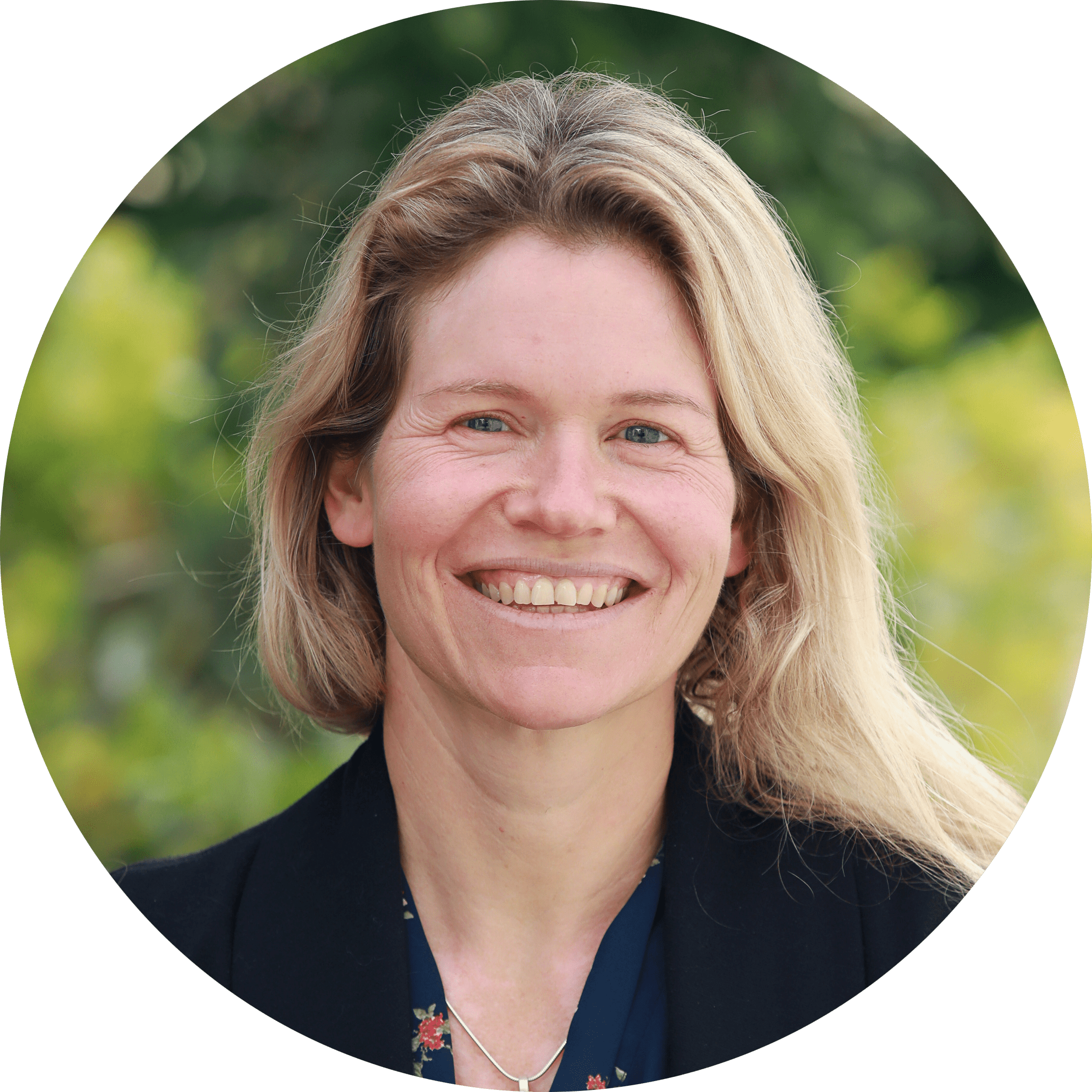
From Consumption to Production: Equipping Students to Create Torah
In the realm of Tanakh education, there is a tendency to focus on the consumption of Torah knowledge, where students engage in the study, understanding, and analysis of sacred texts. While amassing a critical base of knowledge is undeniably essential, I believe that shifting from students-as-consumers to students-as-producers—in which students not only absorb the teachings but also create and contribute their own interpretations and insights that can be shared publicly—is equally essential. How can we teach students to produce a deep analysis of Torah and not just consume others’ commentary? How do we encourage students to think for themselves while teaching other valuable lessons in the process?

Innovating Teaching Tanakh
What I observed one day in my visit to an English Language Arts (ELA) classroom last year opened my mind to completely new ways of teaching Tanakh, leading to greater student engagement.I work at a pluralistic elementary school that emphasizes growth mindset and continued development for each educator. One specific policy that helps educators learn from each other is the requirement to visit at least two other classrooms every semester. This routine fosters a genuine culture of professional growth, where teachers share ideas, observe varied teaching methods, and offer constructive feedback. I’ve always found these observations beneficial, but one visit left a lasting impact on my approach to teaching Tanakh. Stepping into Mrs. Michelle Petrova’s 6th grade ELA classroom, I was greeted with an incredibly vibrant atmosphere.

Teaching the Halakhic Sections of the Torah
Much of the discussions we find about teaching Humash focus on the narrative portions—Genesis, the story of the Exodus, the wanderings in the wilderness. To a large extent that makes sense, as they provide students with their origin stories—so critical for building the foundations of identity—and are inherently interesting, as stories tend to be. That being said, there is another half of the Torah, whose nature is primarily legal. While some skip it intentionally or somehow “don’t get around to it,” for others it is no less important to teach, even though the content often doesn’t lend itself easily to grab and hold the students’ attention. As with any teaching, we must first identify what we want to achieve before we can think about how we want to do it.
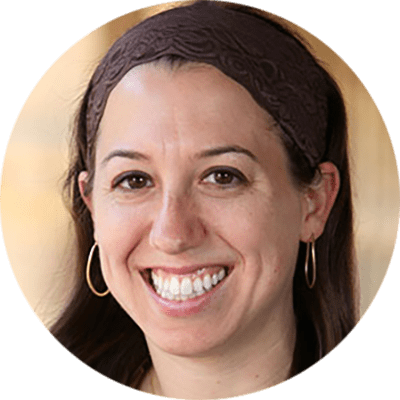
Teaching Tanakh: A New Perspective on Pedagogy
As many teachers of Tanakh know, the Tanakh classroom serves as a crucible for interpreting sacred texts, particularly in theologically and denominationally diverse day schools, camps, and beit midrash settings. The question I wish to explore here is: how do Jewish educators navigate the complex landscape of multiple orientations towards Tanakh that they might find in the seats of their classroom and make sure to empower all their students as interpreters? Central to my own Tanakh teaching, at almost every grade level, in almost every type of day school context, is the realization that my students don’t read Tanakh according to the same orientations or literacy practices, but it would be helpful if they did—at least for the duration of my class.
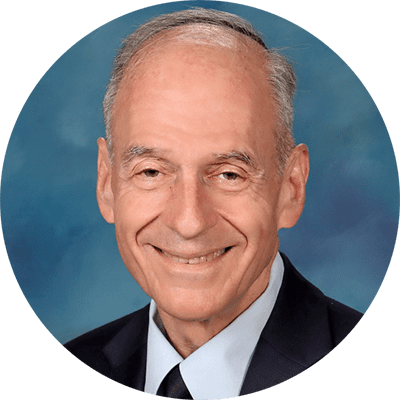
Tanakh Study and Reader Response
“My students insist on translating every pasuk (verse) into English and then using their translation to answer the questions. How can I get them to work from the makor (original text)?”“When I give in to their learned helplessness and teach them an interpretation, they can’t identify the problem in the pasuk that the interpretation comes to solve, and then they get stuck on the one understanding I presented and won’t consider an alternative. How can I help them think for themselves?” “I want my students to identify with the avot (patriarchs) and imahot (matriarchs) and learn from their example. But they somehow can’t relate to them as role models. What am I doing wrong?”Sound familiar? For years these complaints were a constant refrain from my Tanakh-teaching colleagues.
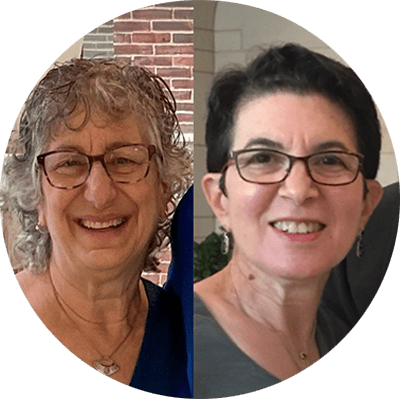
Vision, Lenses, and Focus: Bringing Clarity to Tanakh Curriculum with Standards
Any Tanakh text, whether narrative or legal, contains an abundance of ideas, elements, and complexities, and has the potential to raise countless questions. How does a school community decide which of them to pursue?Nechama Leibowitz, quoted by Shmuel Peerless in To Study and to Teach: The Methodology of Nechama Leibowitz, wrote that educators have……to decide what to leave out and what topics should not be touched, because it is pointless to tackle a number of different topics and problems superficially or incidentally in a chapter. It is preferable to concentrate on just a few topics, but in depth (p. 15). Standards serve as powerful tools for deliberating about a vision for Tanakh education and for shaping Tanakh curriculum once the school’s vision is clear.
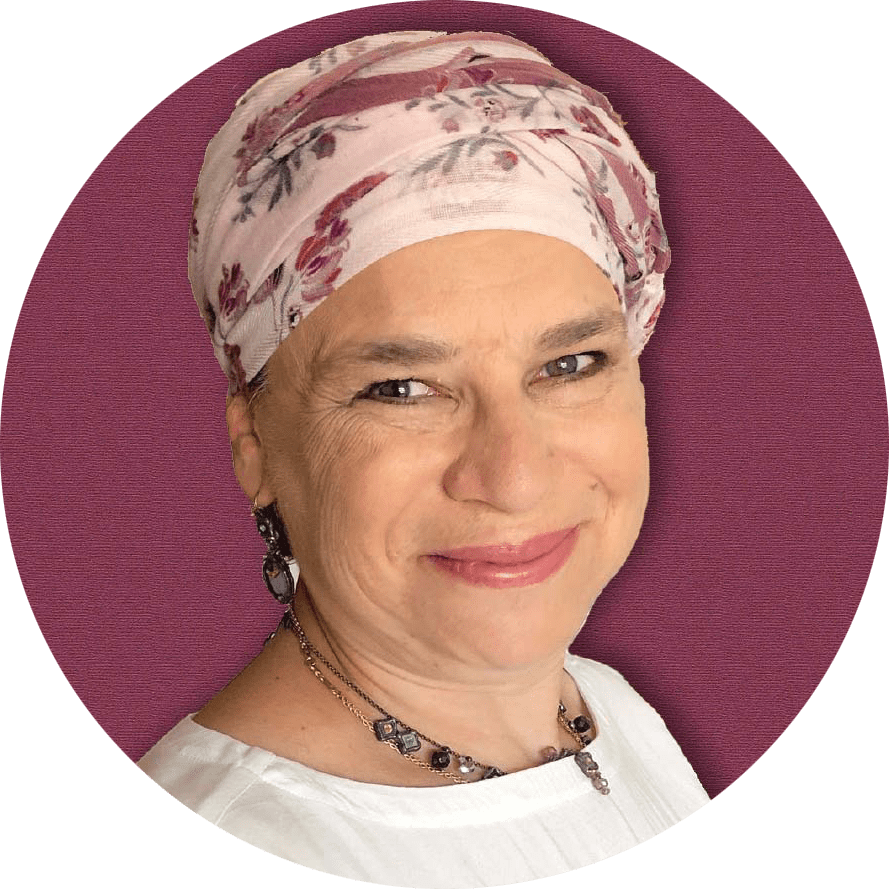
Teaching Tanakh to Weaker Students
In my roles as a Tanakh teacher and an instructional coach, my goal is to inspire Tanakh students to become engaged, proud, and even passionate Jews, fluent in Jewish literacy and deeply committed to the future of Jewish education and community. This goal is daunting under the best of circumstances; when teaching Tanakh to weaker students, it becomes more so. In this article I will outline some of the most ubiquitous challenges that arise from teaching Tanakh to weaker students and offer suggestions for navigating them based on my own experience as well as conversations with other educators and research from the field. I believe that navigating these challenges requires both modifications in practice and shifts in mindset, and I will outline each of them.
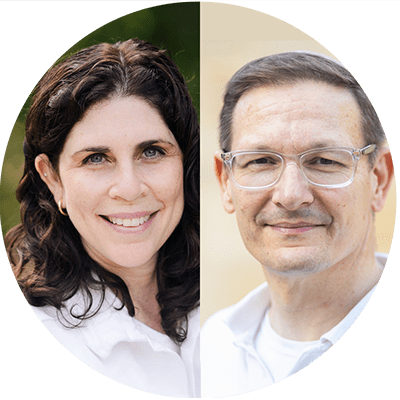
Student-Centered Learning in the Tanakh Classroom
For the past decade, educators have been using the term student-centered learning (SCL) but still finding it tricky and challenging to apply to the Tanakh classroom for a variety of reasons. One is the amount of time teachers must dedicate not only to teaching content but also to developing textual reading skills. Another is that teachers might feel reluctant to engage in a pedagogy they feel allows for too much free thinking and not enough respect for the mesorah, classical commentators, and tradition in general. Here we offer tips and strategies for how to introduce SCL into the Tanakh classroom in large and small ways. Differentiation and Social-Emotional Learning Are you differentiating in your classroom? Great! That’s one time-tested way to employ SCL in the Tanakh classroom.
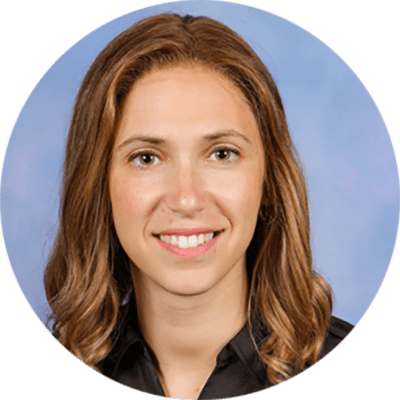
Outside the Box: A Values-Based Approach to Parashat Hashavua
Tanakh in dialogueWhat position does the Tanakh occupy in the life of an early teen? For many, the Tanakh resides in the mental box into which school is commonly placed—a box of academic pursuits, Hebrew language and grammar, Jewish history and Biblical knowledge. There is nothing innately wrong with this, to the contrary, Tanakh study certainly can and does involve these important elements. But a missed opportunity arises when compartmentalisation precludes Tanakh from forming dialogue with the other “boxes” that rise to prominence in the early teen years.Early teenagehood is often marked by questioning and exploration as students begin a journey of seeking to understand that which may have previously gone unquestioned.

Building Tanakh Skills One Step at a Time With Manipulative Materials
“Give a man a fish,” the saying goes, “and you feed him for a day. Teach a man to fish and you feed him for a lifetime.” At Netivot, we have developed a Tanakh program that gives each child the personalized gift of feeding himself for a lifetime. The Montessori method is predicated upon the idea that each child, if provided developmentally appropriate opportunities, will inherently learn and grow and master at each phase of development according to his own individual needs. For this reason, in our classrooms, the expectation is not for children to memorize translations of text “chorally,” but rather to develop individually the skills to translate for themselves. Using key elements of the Montessori method, our students build a series of skills that allow them to tackle pesukim independently.
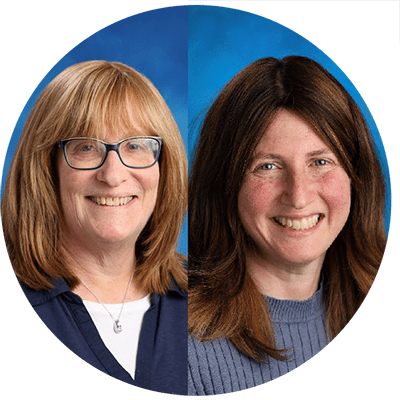
Bringing Nechama Leibowitz Into the Classroom
The written legacy of Nechama Leibowitz, in her gilyonot and books, has served and continues to serve as the basis for Torah study for many serious students of parashat hashavua, Tanakh, and parshanut. Her teaching methodology, as experienced by one of the authors of this article in 1988-89, in her weekly classes in her apartment in Jerusalem and in her weekly shiur at the Gruss Kollel, served as a model for how to teach Torah. Certain elements have been adapted, but we have found that her principle of encouraging independent thinking and individualized feedback gives students in middle school a personal connection with the text and empowers them to continue in their Torah study with positivity and self- assurance.
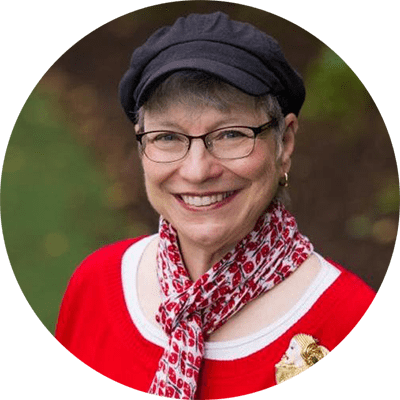
Opening the Middle School Window to Midrash
A number of years ago, when I was teaching the sections in Genesis about Abraham and Sarah to a girls’ middle school class, one of my students raised her hand and said, “I don’t like how much is missing in the Torah.” I asked her what she meant and she replied, thinking like a typical middle schooler, “Like, what did Abraham and Sarah talk about at night when they were just sitting around their tent?” After responding facetiously that Sarah probably asked Abraham what he thought about her new burka, I took the moment to answer the class seriously. This was a wonderful opportunity to deeply introduce my students to midrash as one way to fill in the “blanks” in the Torah text, to delve into the “spaces” in the text, and to teach us moral messages with which to inform our own lives.
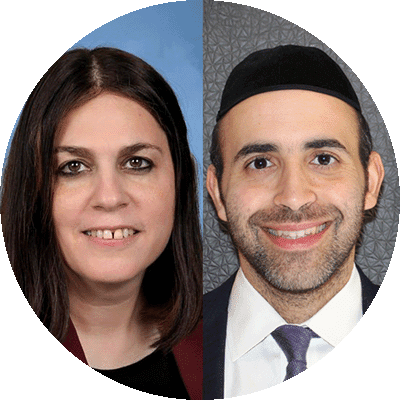
The Barkai Method for Teaching Humash
In the introduction to his book Who Knows Twelve, Rabbi Berel Wein explores a troubling phenomenon: the growing disconnect between the Jewish people and their sacred texts. Whatever the causes for its decline may have been, many Jewish day schools today are attempting to reinvigorate the study of Tanakh, recognizing its fundamental role in Jewish identity and education. Maimonides codified the necessity of studying Tanakh in Hilkhot Talmud Torah (1:7), asserting that it is a crucial component of Jewish life. Today, there is a growing recognition of the need to revive these ancient texts, which hold profound significance for Zionism, community, ethics, spirituality, identity, and much more. One noteworthy example of this revival is the Barkai educational system, developed in Israel by Rav Dan Be’eri more than 40 years ago.
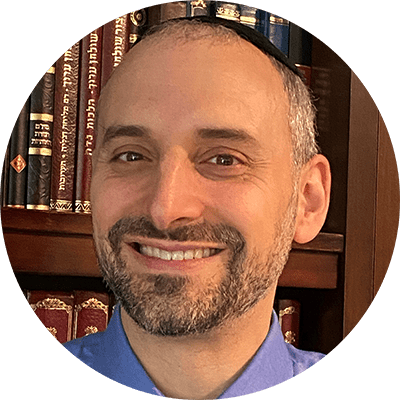
Introducing Sod Into the Tanakh Classroom
In my years of teaching Neviim and Ketuvim, one of my overarching goals was for students to gain an appreciation of why specific commentaries approached the same text differently. I spent significant time on both peshat and derash approaches, highlighting the strengths and weaknesses of each interpretation’s handling of textual issues. One experiment with introducing sod resonated deeply with some of the students and complemented the other work we were doing. I share that experiment here. Sod (literally, secret) is a mode of hermeneutical interpretation that sees the characters and storyline as being symbolic of fundamental themes. Although definitions of sod usually include mysticism, the relation to Kabbalah is only that sod reflects an interpretation that directly addresses giving insight into our relationship with God.

Heroes Within Reach
We read the Bible with the understanding that many of the characters described are our heroes, our Jewish archetypes. We pore over every action, every word, for insight into their thought and character, insight that can inform the same in us. These are not dry annals of the lives of figures from the distant past; these people are as alive today as we are—alive within us, within our synagogues and culture, because we study them so intensively and know them so intimately. Each of us knows the stories so well, that we know what happens between and behind the words.What is a Hero?But what does it mean to consider them heroes? In what sense does, or doesn’t, the Bible portray them as such? And more importantly, how does the Bible express what a hero is, and what makes someone heroic?
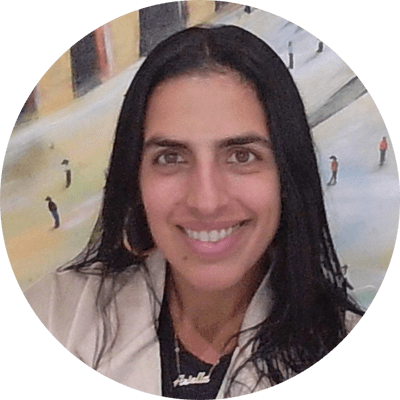
Tanakh as a Tool for Building Identity
Jewish tradition holds Torah teachers in high esteem, viewing them as more than just conveyors of knowledge. They are seen as spiritual and moral guides, shaping the character and identity of their students. In The Lonely Man of Faith, Rabbi Soloveitchik emphasizes that the role of the Torah teacher goes beyond intellectual instruction; they facilitate a divine encounter, guiding students toward a deeper connection with God. The Talmud (Bava Metzia 33a) elevates the honor due to a Torah teacher above even that of one’s parents, as the teacher introduces the student to the “world to come” through their instruction—a profound form of giving life. These texts paint a picture of the Torah teacher as a builder of Jewish identity, imparting values that help shape a student’s character and moral foundation.
Reach 10,000 Jewish educational professionals. Advertise in the upcoming issue of Jewish Educational Leadership.



